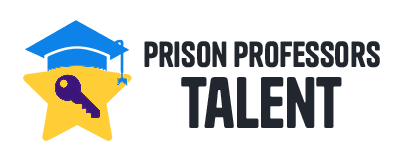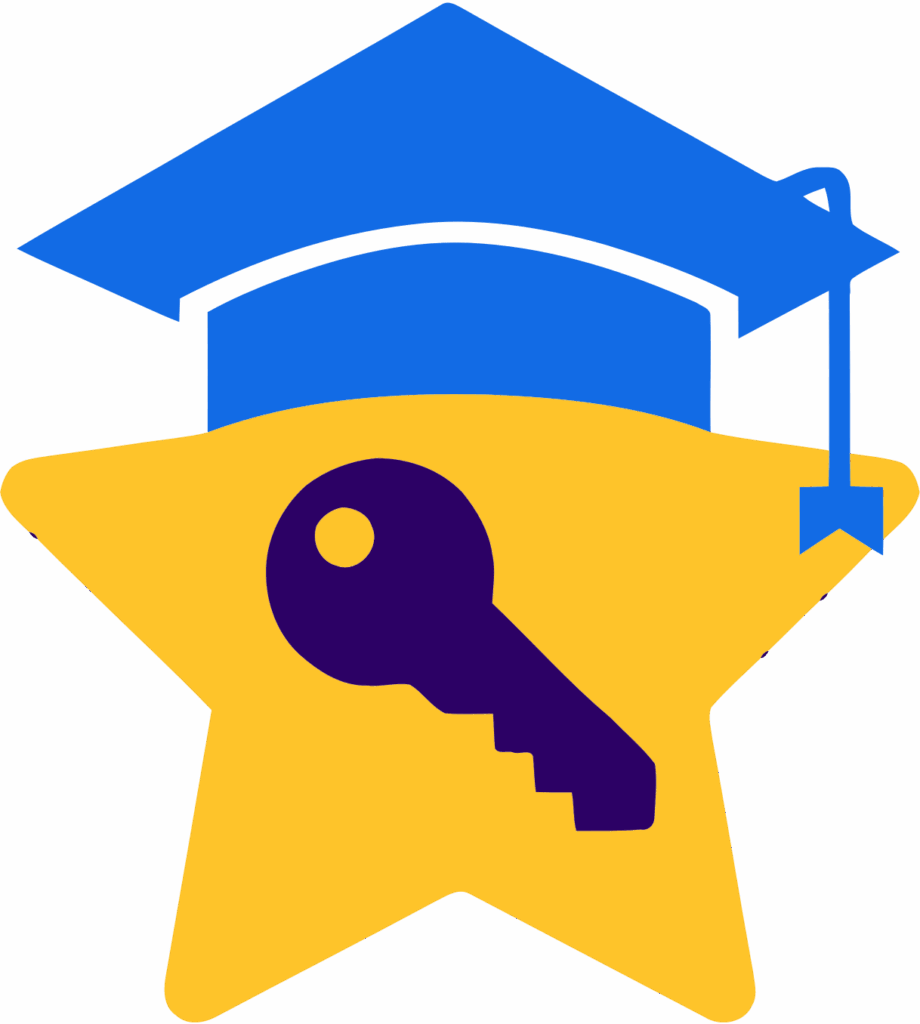Book: Steve Jobs
Author: Walter Isaacson
Pages: 571
Date: 3/14/25
I chose this book because it was strongly recommended by a friend of mine. I was not disappointed. It was packed with lots of good information and stories about Steve Jobs, his life and how he developed Pixar & Apple into two developed and strong companies that provide excellent products to consumers around the world. This was one of the better books I have read in awhile and it was hard to put down.
Here is the basics of the book:
Paul & Clara Jobs adopted Steve Jobs in 1955 (He shares the same birthday as my dad, only born three years later) who lived in San Francisco. His birth parents were graduate students at the University of Wisconsin. His dad was of Syrian descent and his mother was a German Catholic. Steve was lucky on two counts: First, his dad was a car mechanic at home and worked at defense contractors & major US corporations like HP, Polaroid, Xerox, etc. as a day job. Secondly, Steve grew up in what ultimately became Silcon Valley. Jobs met his future partner, Stephen Wozniak, his sophomore year in high school. Wozniak (Woz) was 5 years older and far more knowledgeable about electronics. Listed below is a quick timeline of events:
1972 Jobs graduates from high school & attends Reed College in Portland, OR; the most expensive liberal arts college in the USA. He soon dropped his required classes and attended the classes that he was interested in. He became interested in Zen Buddhism, obsessive about his diet (primarily various types of veganism) and used LSD recreationally.
1974 Moved back to Palo Alto, CA and started working for Atari. After a few months, he went to India on a spiritual journey for seven months.
1975 Returned home and worked at Atari again. As part of the Homebrew Computer Club, Jobs & Woz began selling circuit board parts for about $50 for people who wanted to build their own boards and computers. They got an order to buy 50 printed completed boards for $500/each for a total of $25,000. They did this and used this money to produce about 200 of the Apple 1 computers in 1976.
1977 They built the first fully packaged & integrated computer, keyboard, case, power supply and software called the Apple 2. In order to get the funds to do this, the offered sale of their company to Atari & HP – both of whom declined. They sold 1/3 of their company for $250K to fund the production. 25,100 units were sold in 1977 & 210,000 units were sold in 1981. They sold over 6 million of them over the next 16 years. It was THE computer that launched the PC industry.
1978 Jobs got his girlfriend, Chrissanne pregnant and she had a daughter named Lisa. Jobs largely stayed out of their lives for the next 13 years.
1979 Xerox invested $1 million and this allowed Steve to see into their research lab where they were developing the Graphical User Interface (GUI), the precurser to how Apple & Windows ultimately began working.
1980 Apple 3 — this computer turned out to be a big flop.
1980 Apple went public and was initially valued at $1.79 billion – only four years after they sold their first computer.
1982 Apple had sales of $1 billion and Microsoft had sales of $32 million. One year later, 420,000 Apples were sold and 1.3 million IBM compatible computers (running Microsoft systems) were sold.
1983 Apple hired John Scully, current president of Pepsi, to become the president of Apple.
1984 The first MacIntosh computer was sold. Ironically, it was running Microsoft’s software.
1985 Microsoft Windows came out in the fall of 1985, largely copying Apple’s approach. Steve Jobs was fired from Apple in September of 1985.
1986 Jobs bought Pixar – owning 70% of it. He was also running NeXT that was designed to be a new type of computer with a new operating system. It was ultimately folded into Apple in 1996 & shut down. He also found his birth mother & sister in 1986. He never sought out his birth father.
1989 He met Laurene Powell, who would ultimately marry him in 1991 and have three children with Jobs: Reed (1991), Erin (95) and Eve (98).
1991 Pixar agreed to co-produce animated movies for Disney, producing Toy Story, Toy Story 2 & 3, Cars, A Bug’s Life, etc. Pixar had an IPO valuing the company at $1.9 billion.
1992-96 Jobs was basically running Pixar & NeXT as president of both companies for four years.
1996 Apple was floundering so the board bought NeXT and brought Jobs in as an interim CEO. Apple’s market share had fallen from 16% in late 80’s to 4% in 1996.
1997 Apple lost $1 billion.
1998 Apple made $309 million. The iMac went on sale, selling 800,000 units in 1998.
2000 The OSX operating system came into being and was the new OS for all Macs produced afterwards.
2001 The first Apple Genius store was opened. The iPod and iTunes were first produced and sold.
2003 The iTunes store was developed and it became compatible with PC’s running Windows. This was also when Jobs was first diagnosed with pancreatic cancer. He did nothing for 9 months, electing to try various diets and other natural remedies to stop the cancer. He was operated on in 2004.
2005 Disney bought Pixar for $7.4 billion in stock. Jobs became 7% owner of Disney.
2007 Gorilla glass+multi-touch+iPod=iPhone. First sale of iPhone occurs & apps start to be developed for iPhone soon after.
2008 Apple Apps store becomes marketplace for iPhone apps.
2009 Jobs has liver cancer and undergoes liver transplant.
2010 First iPad goes on sale.
2011 Much improved iPad 2 goes on sale. Jobs also begins promoting iCloud as digital storage hub for all Apple products.
The statements below summarize what I learned from this book.
1) If you trust him, you can do things. If he’s decided that something should happen, then he’s going to make it happen. He had the attitude that he could do anything and therefore so can you. If you act like you can do something, then it will work. Pretend to be completely in control and people will assume that you are.
2) I got a feeling for the empowering aspect of naivete. Because I didn’t know it couldn’t be done, I was enabled to do it.
You did the impossible because you didn’t realize it was impossible.
3) Customers don’t know what they want until you’ve shown them.
4) It is better to be a pirate than join the navy.
5) The best & most innovative products don’t always win.
6) He absolutely believed that normal rules did not apply to him. He was completely obnoxious and thinking he could get away with anything.
7) Lasting companies know how to reinvent themselves.
8) Apple was designed to celebrate not what the computers could do, but what creative people could do with the computers.
9) When we took it to the engineers, they came up with 38 reasons why they could not do it. I said, “No, we are doing this because I am the CEO and I think it can be done.”
10) For most things in life, the range between the best and average is 30% or so. The best airplane flight, best meal, they may be 30% better than the average one.
11) I realized that A players like to work with A players, they just don’t like working with C players.
12) If you don’t cannibalize yourself, someone else will.
13) In talking with Obama, Jobs described how easy it was to build a factory in China, and said that it was almost impossible to do so these days in America, largely because of regulations and unnecessary costs. Jobs said, “the President is smart, but he kept explaining to us reasons why things can’t get done. It infuriates me.”
14) So the salespeople end up running the company. When the sales guys run the company, the product guys don’t matter so much and a lot of them just turn off.
What did I learn from this book that can help me succeed after prison:
1) I think the important thing when I get out is to believe in myself so strongly that I will believe something will happen and get others with whom I am working or socializing to believe & trust in me enough to also believe that it will happen. I intend to have the attitude that I will be able to accomplish anything. If I act like it will work, then more than likely it WILL work.
2) When I get out, I intend to be in control of my destiny. Maybe I am naive, but if I don’t know that something cannot be done, then I should be able to do it. I will be able to do the impossible because I don’t know that the impossible cannot happen.
3) My old company, Glycerin Traders, will be gone when I get out. I will have to reinvent myself to find the new company that can provide a new service to others and for which we will be paid. I have some ideas brewing……

